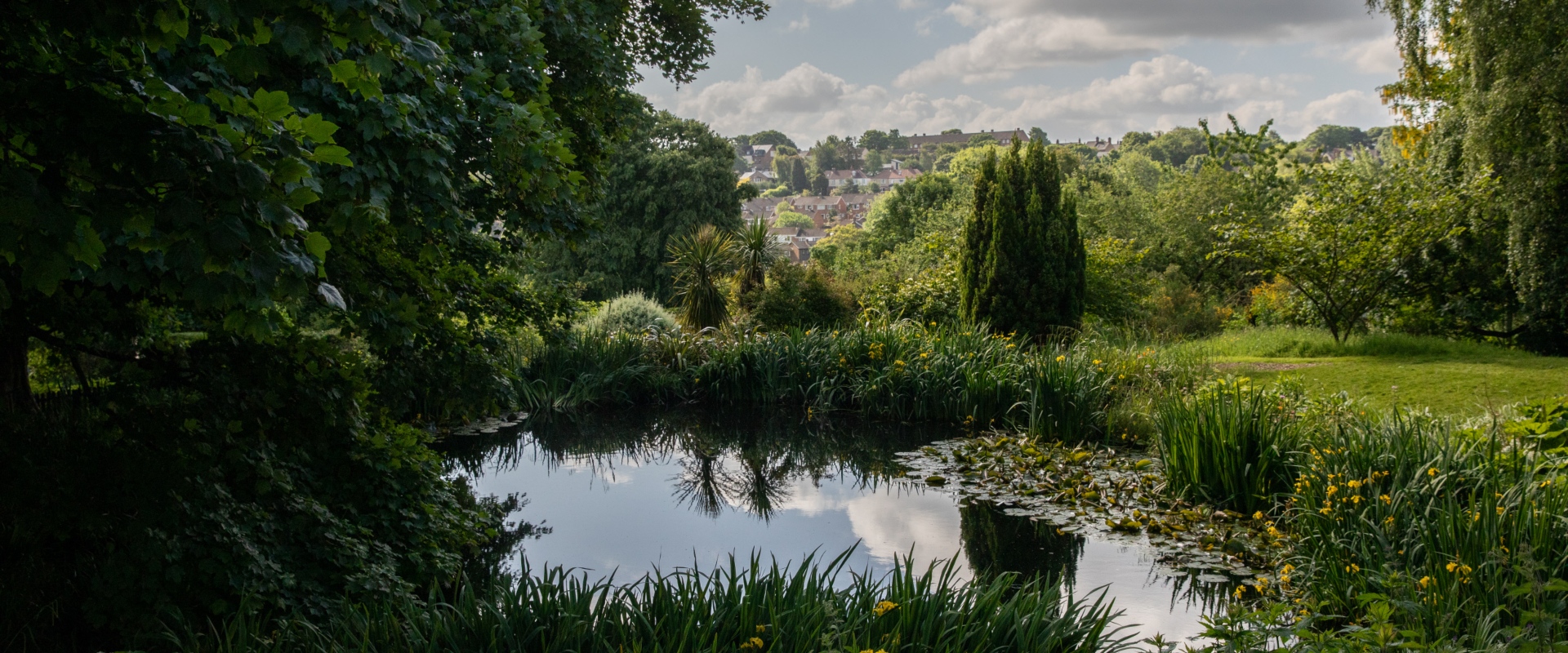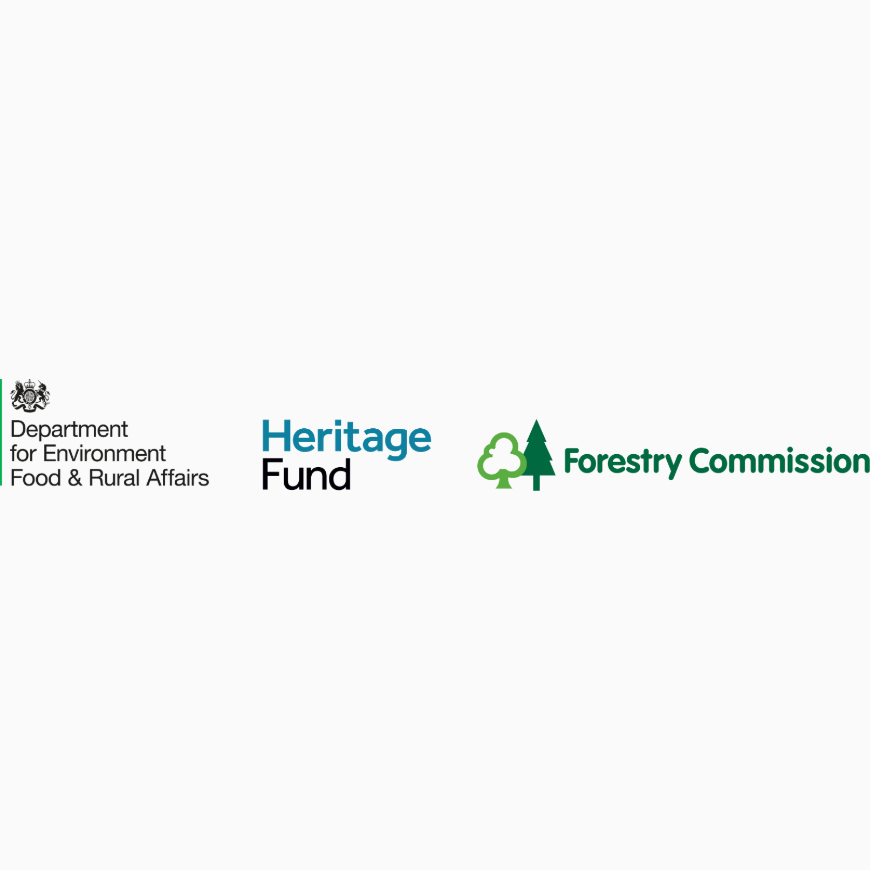
Grow an equitable urban forest
24-06-2025
Get started with...
Case study
Guidance

24-06-2025
Get started with...
Case study
Guidance
Tree equity is about justice. The reality is that not everyone has equitable access to the benefits of trees, and people in urban places with less canopy cover are more likely to be affected by things like flooding, air pollution and extreme heat.
But together we can start to change that, thanks to freely accessible, data-based tools that show where low canopy cover overlaps with other social and economic pressures.
This guide looks at how local authorities can use these tools to put people’s needs at the centre of more equitable master plans, giving communities access to the social, economic and environmental benefits that urban trees bring.
What does tree inequity look like?
Three organisations working to deliver tree equity in towns and cities share their thoughts on what it means for people and places.
The free Tree Equity Score UK tool, co-developed by the Woodland Trust, enables places to identify areas of inequity. Together with their Tree Planting Calculator they provide invaluable data for urban forestry planning.
The tool builds on well-established principles of environmental equity. It covers all urban areas in the UK, combining key environmental and social information to give a neighbourhood-level score as well as prioritising areas for action on tree equity. The tool was co-developed by the Woodland Trust, the Centre for Sustainable Healthcare and American Forests.
This guide is full of ideas that can take your tree equity project from inception to community-engaged maintenance.
The steps are designed to be flexible to work for different places and communities – feel free to pick, choose and use in whatever way suits your needs.
Every effective plan starts with an understanding of what the problem is. When you’ve established the need to improve tree equity in your town or city you can check your thinking:
Think about who internally has the skills, qualities and relationships you need. Think about whose priorities naturally align with this type of work. Think about any external relationships or partnerships you could develop to help you get the most from Tree Equity Score. Think about who is contributing what and who could contribute resources in-kind. Crucially, think about how you will implement your plans (e.g. in low tree equity neighbourhoods with significant challenges).
Use the free Tree Equity Score tool to understand tree equity scores across your town or city.
Use the score to refine your plan:
Speak to local authority and political leaders:
Speak to communities:
Think about your local authority’s existing strategies and policies. Tree equity could either inform the development of tree establishment plans at a neighbourhood scale, guide a place-wide urban forest master plan or tree strategy, or be added into existing tree and urban forest strategies as an additional key aim. The Tree Council have produced guidance on producing tree and woodland strategies.
Things to think about:
How could you embed tree equity into existing strategies?
Could tree equity inform Local Nature Recovery Strategies?
Could you embed tree equity into local planning policy (e.g. Birmingham City Council consider canopy cover when assessing applications for new footway crossings and tree removals)?
How will you turn it from strategy into a delivery plan?
Here’s a case study to learn how Bournemouth, Christchurch and Poole Council and Belfast City Council integrated tree equity into their urban tree strategies and how it worked.
Here’s a case study to learn how Birmingham City Council and Birmingham Tree People used their Tree Equity Score to inform where they work and how they use their time.
As soon as you know where your high priority areas are and what order you want to approach them, it’s time to talk to the people who live there, find out their views on trees and discuss where there are opportunities to plant more. Talking to people now ensures they are involved and benefit from the process.
Build on the tree equity story you’ve begun and help people understand it’s more than just planting. People may have planting locations or designs in mind, or you can use ‘Identify potential planting locations’ to help create options for them to choose from.
Whatever your engagement approach, here are some key actions to keep in mind:
Your partnerships with residents will continue to grow as you move through each step. This is key to keeping people engaged in the process long term.
At this stage it could be helpful to establish a planting target. Treeconomics and the Woodland Trust have created a tree equity planting target calculator that can help you to set goals for increasing tree cover on a neighbourhood scale. This enables you to set and adjust % canopy cover targets and the numbers of small/medium/large trees required to reach these. Use it to create a realistic target for the number of trees needed to increase tree equity in each neighbourhood.
You can then move on to identifying potential planting locations. You may have already discovered that some people have strong ideas about where they want to plant trees. Others may need a little more guidance. Either way, it can be helpful to create a shortlist of locations that are both realistic and represent people’s priorities.
Things to consider when creating your shortlist:
Keeping your communities engaged beyond planting – into the establishing and maintaining stages – will give trees the best chance of reaching maturity and delivering maximum benefits.
The Trees and Design Action Group’s guide, How to Plant Large Trees is an accessible guide to planting large trees in public spaces. It will help you empower other groups interested in planting trees, providing the information they need to establish healthy trees in towns and cities.
Woodland Trust’s Tree Equity Score will be updated annually, so as your trees grow in the long term you should be able to track the change to canopy cover over time.
Tree equity is a great way to share a story about your progress. Spread the word about the improvements you’ve made, where neighbourhoods started out and how far they’ve come on their green journey.
Tree equity is as much about people as it is about trees. Remember to tell the human stories as well. Who was involved, how did they make a difference and what does tree equity mean to them?
Watch this video to hear first-hand stories of how the work of Birmingham Tree People has benefited people in the community.
It’s important to think about how digital tools can add to equitable community development, rather than replacing it.
Dark Matter Labs have produced a report and a library of case studies which explore how to involve people throughout data-driven planning processes, including citizen science data collection, visualisation using augmented reality and local decision making.
This guide is part of a series created by the Urban Forest Accelerator programme.
The programme was run in partnership with the Community Forest Trust and Woodland Trust, and funded by the Trees Call to Action Fund. This fund was developed by Defra in partnership with the Forestry Commission and is being delivered by the National Lottery Heritage Fund. Special thanks to Birmingham City Council and Birmingham TreePeople. Text on this web page is licensed by the programme under CC BY 4.0.

Discover more about how we can create fairer urban forests in our towns and cities below.
Get started with...
Case study
Guidance
24-06-2025
Get started with...
Case study
Guidance
24-06-2025
Get started with...
Guidance
24-06-2025
Webinar
Case study
09-12-2024